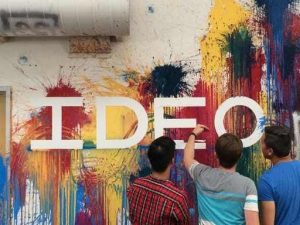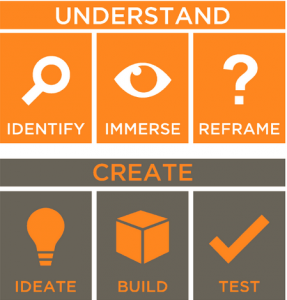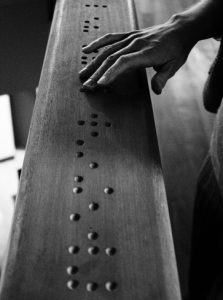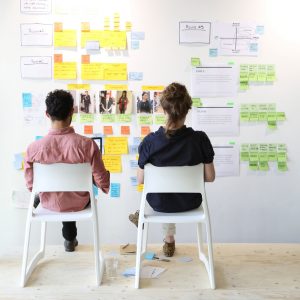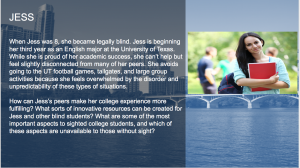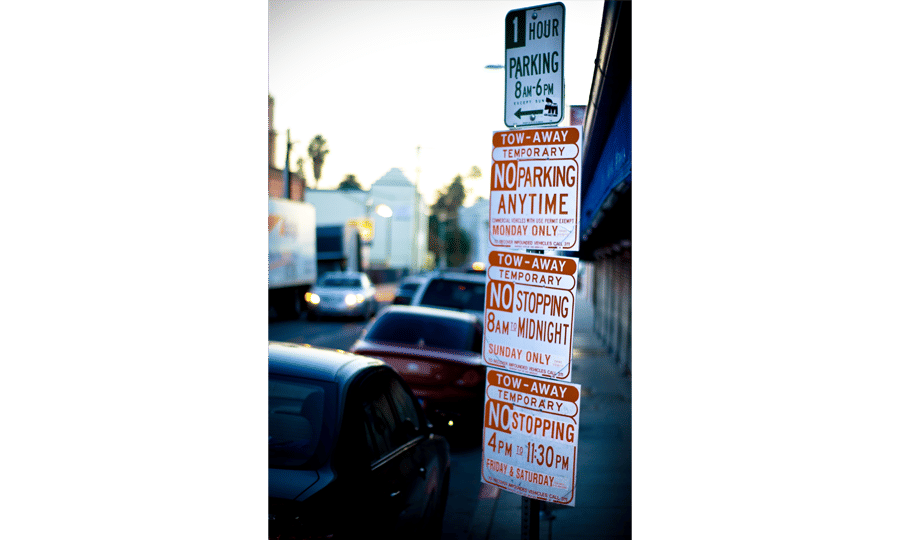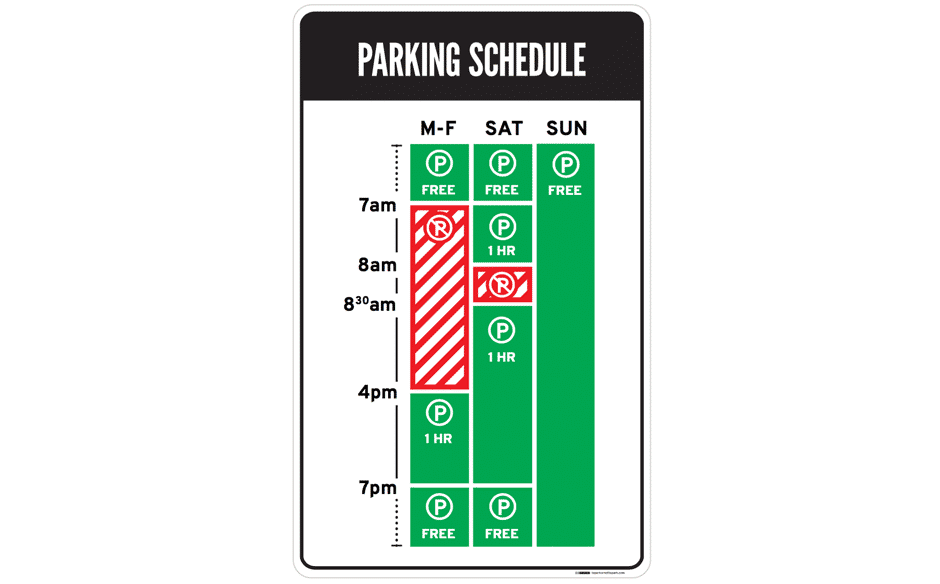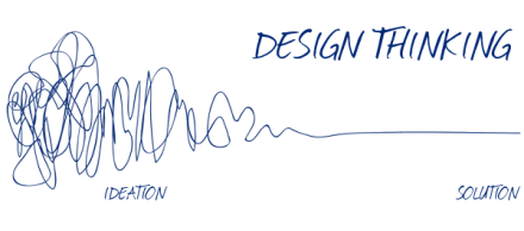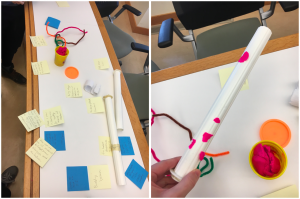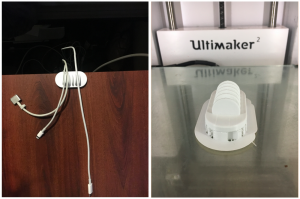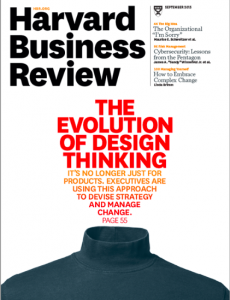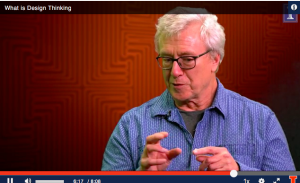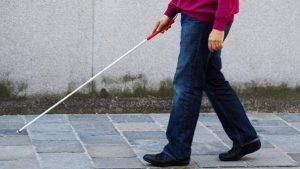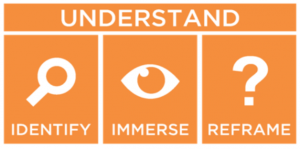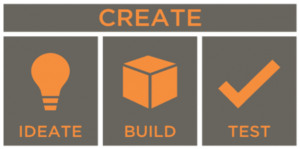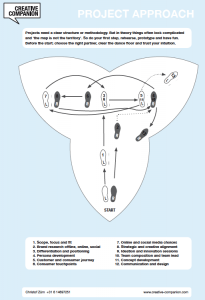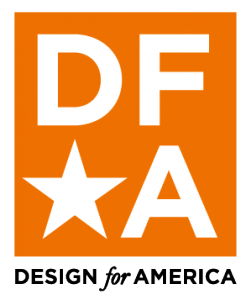In class on Wednesday, we heard from the students involved with Design for America. They gave us a presentation on the projects that DFA is involved with including a stuffed animal that helps kids with diabetes adjust to their new lifestyle and health choices. They took us through the process of designing a product to fit a need. I took an industrial design class taught by Professor David Weightman and the concepts introduced on Wednesday were very similar to those used in industrial design.
We were given scenarios to address with our fellow group members. We chose to help Jess, a blind college student, who wanted to feel more at home at her school by going to football games. The process started by addressing who is affected by the design. Then we wrote down as many ideas as we could-no matter how crazy. This is particularly important as many ideas get looked over simply for being out of the ordinary. We discussed our ideas and our experiences with football games and came up with a rather simple solution. We decided to focus our efforts into more of an ergonomics solution instead of a tech heavy solution. Our solution involved installing pads into the ends of the bleachers and various locations in the stadium so Jess would be able to feel with her feet where she is. This would make it much safer for her to navigate the stadium. It would create a value add for everyone that enters the stadium. We used play dough to bring our idea to life before presenting it
. 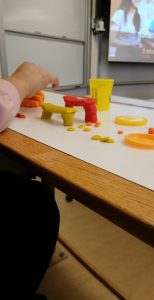
I think DFA is a cool organization. It is similar to an organization I’m involved with at school called Illinois Enactus. Enactus is a project based social entrepreneurship organization that works to empower people through sustainable solutions. Learn more about us here: https://www.illinoisenactus.com


